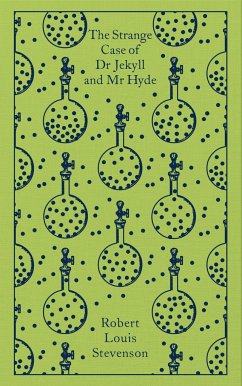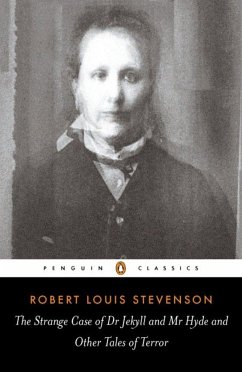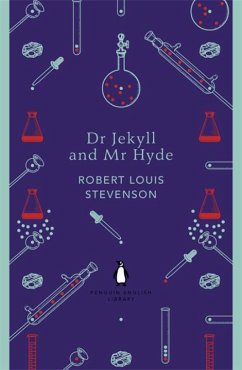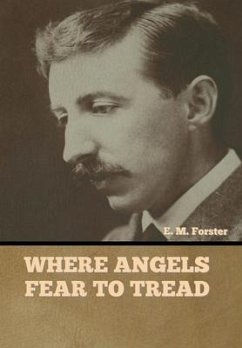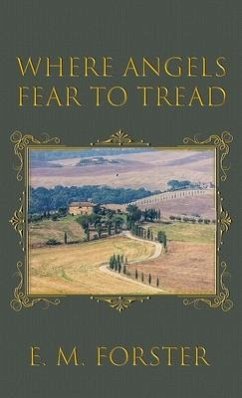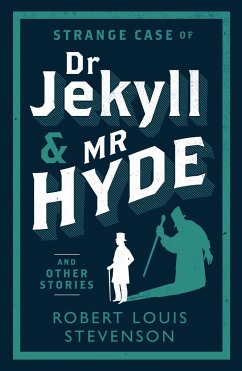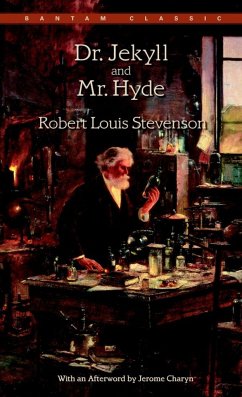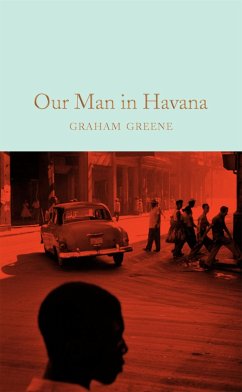
Dr Jekyll and Mr Hyde (Heroes & Villains)
Versandkostenfrei!
Lieferbar in 4-6 Wochen
6,99 €
inkl. MwSt.
How thin is the line between good and evil?
Dr Jekyll has been experimenting with his identity. He has developed a drug which separates the two sides of his nature and allows him occasionally to abandon himself to his most corrupt inclinations as the monstrous Mr Hyde. But gradually he begins to find that the journey back to goodness becomes more and more difficult, and the risk that Mr Hyde will break free entirely from Dr Jekyll's control puts all of London in grave peril.
Dr Jekyll has been experimenting with his identity. He has developed a drug which separates the two sides of his nature and allows him occasionally to abandon himself to his most corrupt inclinations as the monstrous Mr Hyde. But gradually he begins to find that the journey back to goodness becomes more and more difficult, and the risk that Mr Hyde will break free entirely from Dr Jekyll's control puts all of London in grave peril.






